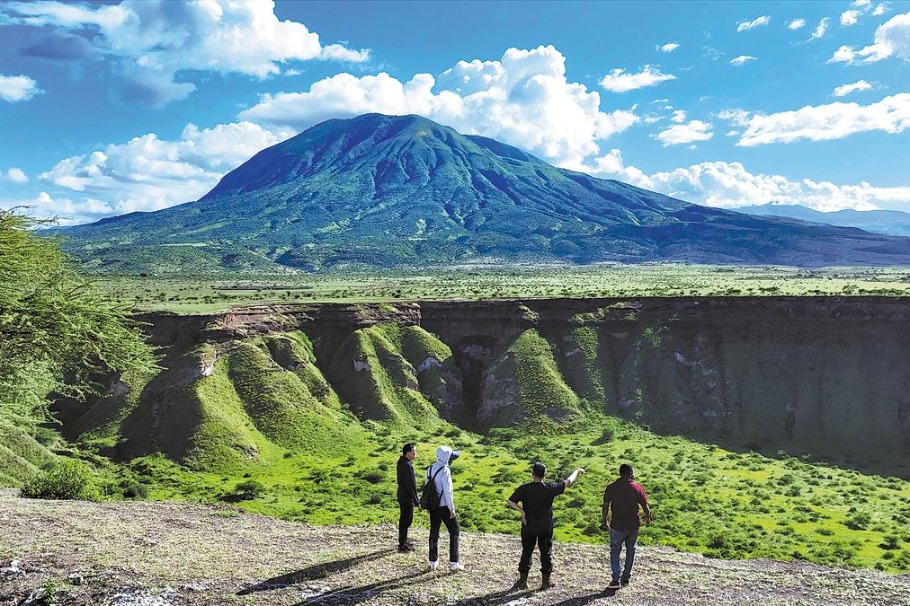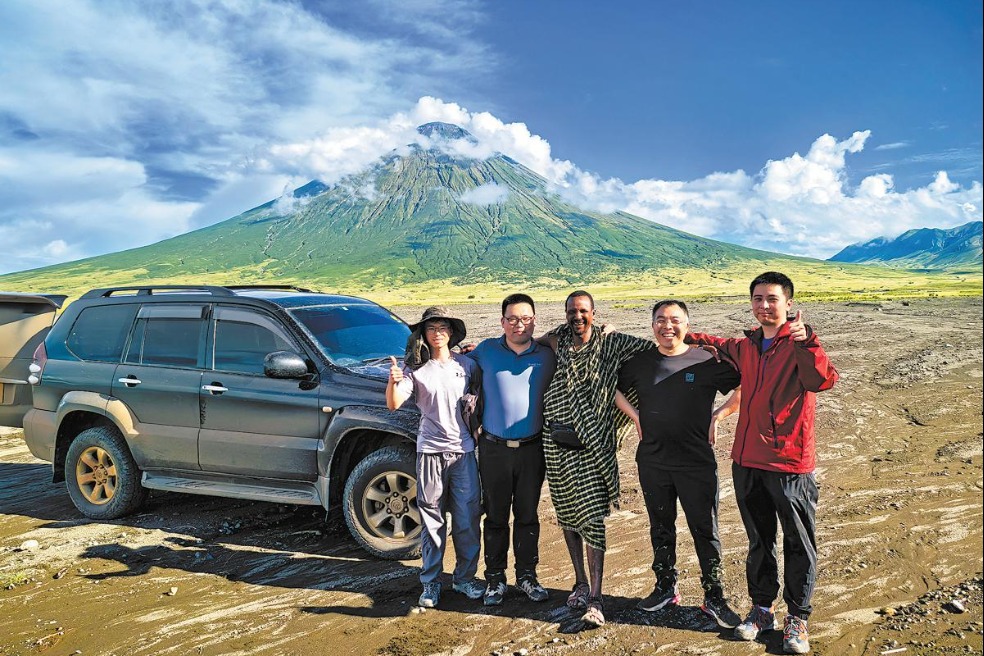17 cave tombs of early humans discovered in Southwest China

KUNMING - Archaeologists in Southwest China's Yunnan province said Wednesday that they had discovered 17 cave tombs dating back thousands of years.
The tomb group is believed to be the main part of an 1,500-square-meter cave site found last September in Zheka village, Wenshan Zhuang and Miao autonomous prefecture in Yunnan, according to the provincial institute of cultural relics and archaeology.
Researchers with the institute said that the tombs were the oldest and largest known ones of their kind in the province.
The cave tombs are earth pits with well preserved human skeletons in various burial forms including extended and flexed burials. Some tombs with disordered bones may have been robbed.
A batch of cultural relics including pottery, stoneware, and spinning wheels were unearthed in the tombs.
Researchers estimate that the cave site was created between the late Neolithic age and the Bronze age.
The findings will further research on the human activity and burial customs of early Chinese.
- Experts and scholars propose strategies for advancing cross-Strait ties
- China prepares to launch Shenzhou XXI crewed spaceship
- China to strengthen the development of AI technologies
- Scientific, technological modernization emphasized in promoting China's advancement
- China to build a birth-friendly society, enhance care and engagement for the elderly
- China Focus: Chinese scientists make breakthroughs in longer-lasting, safer solid-state batteries



































